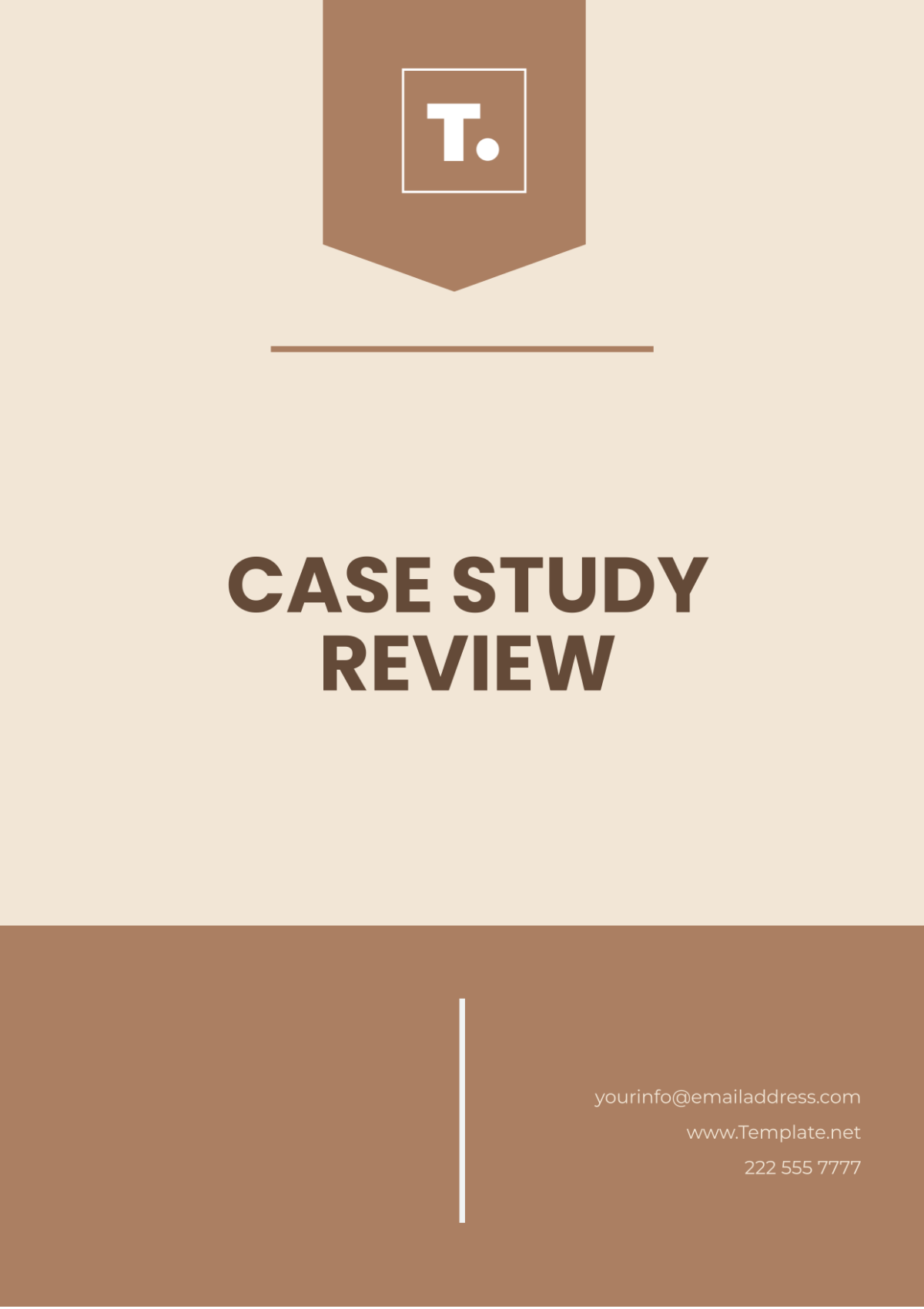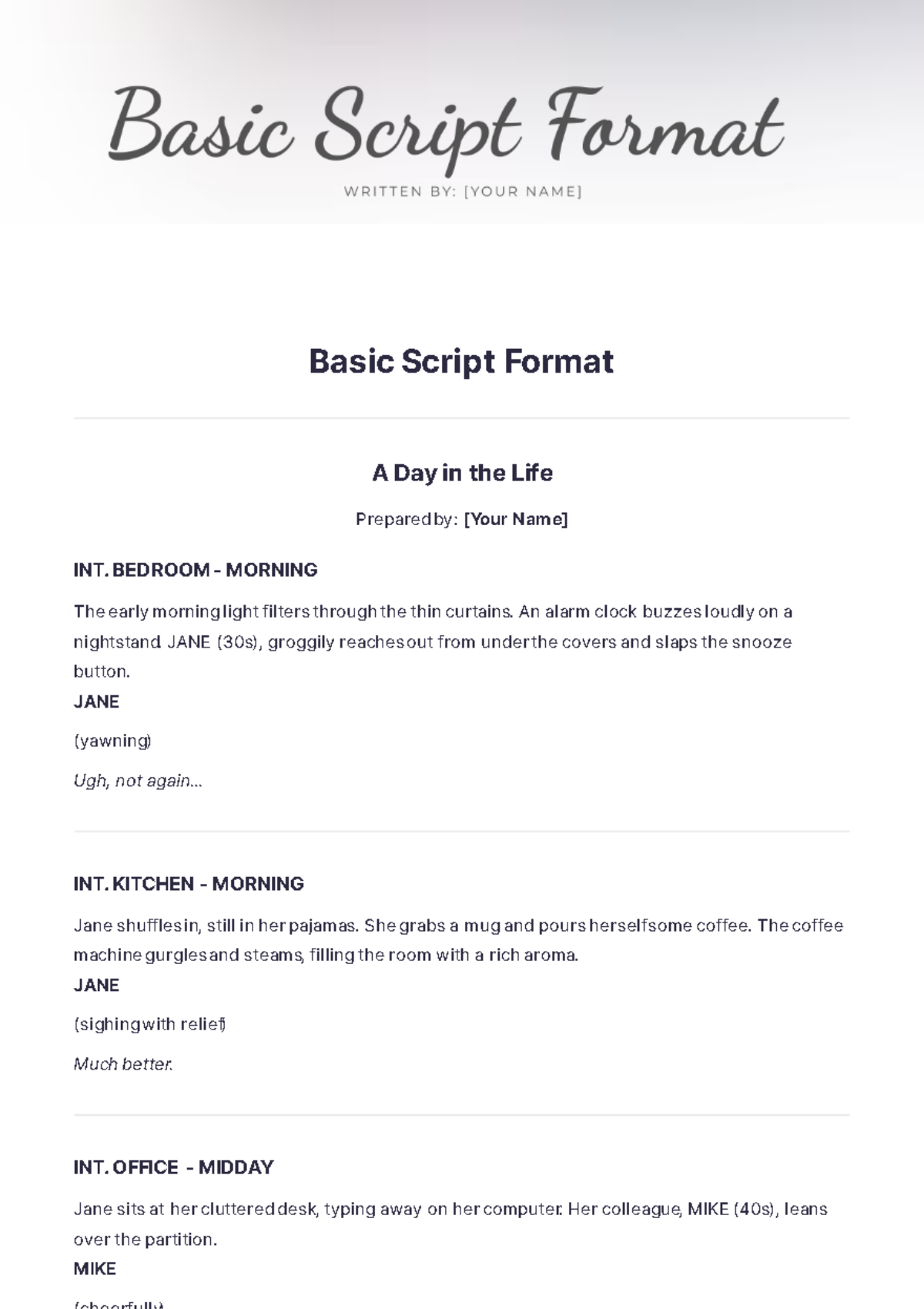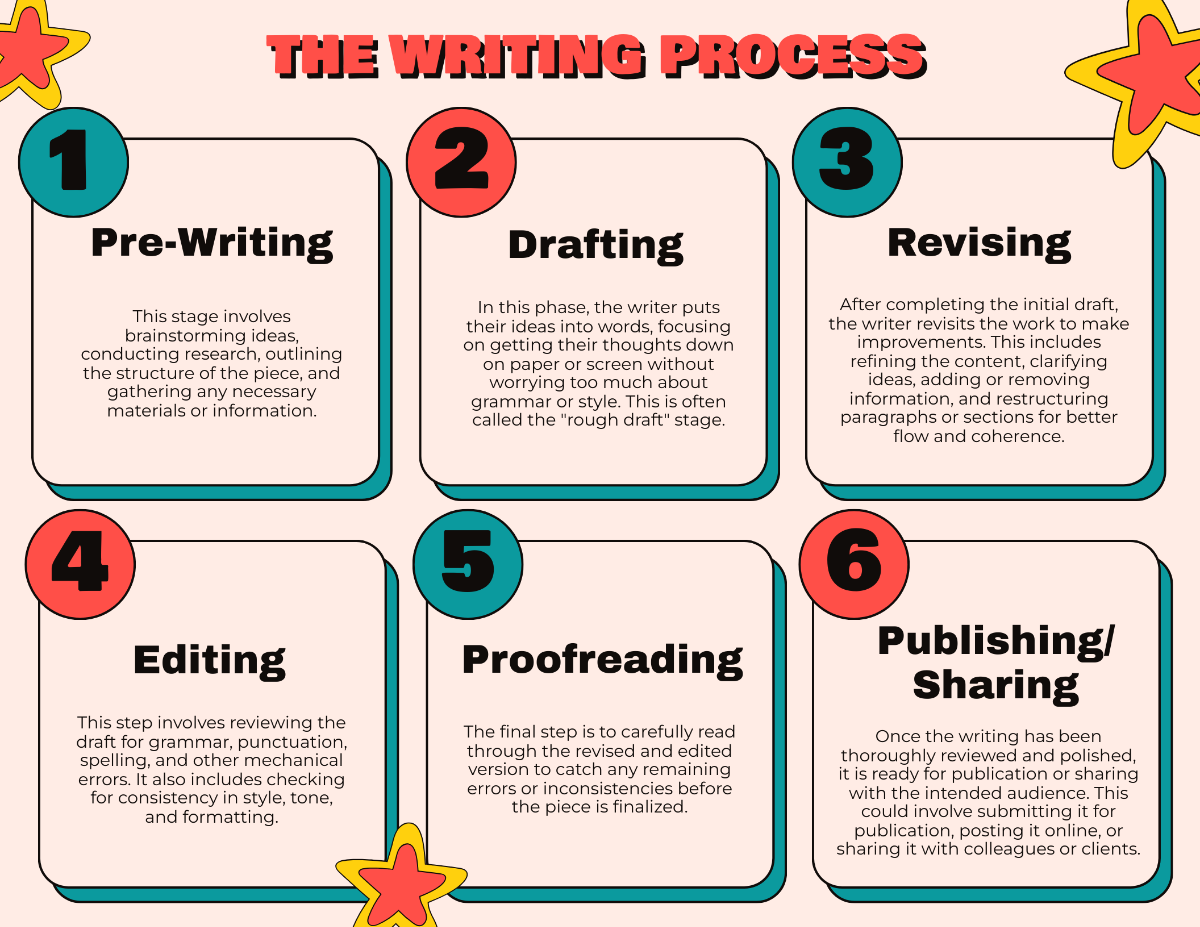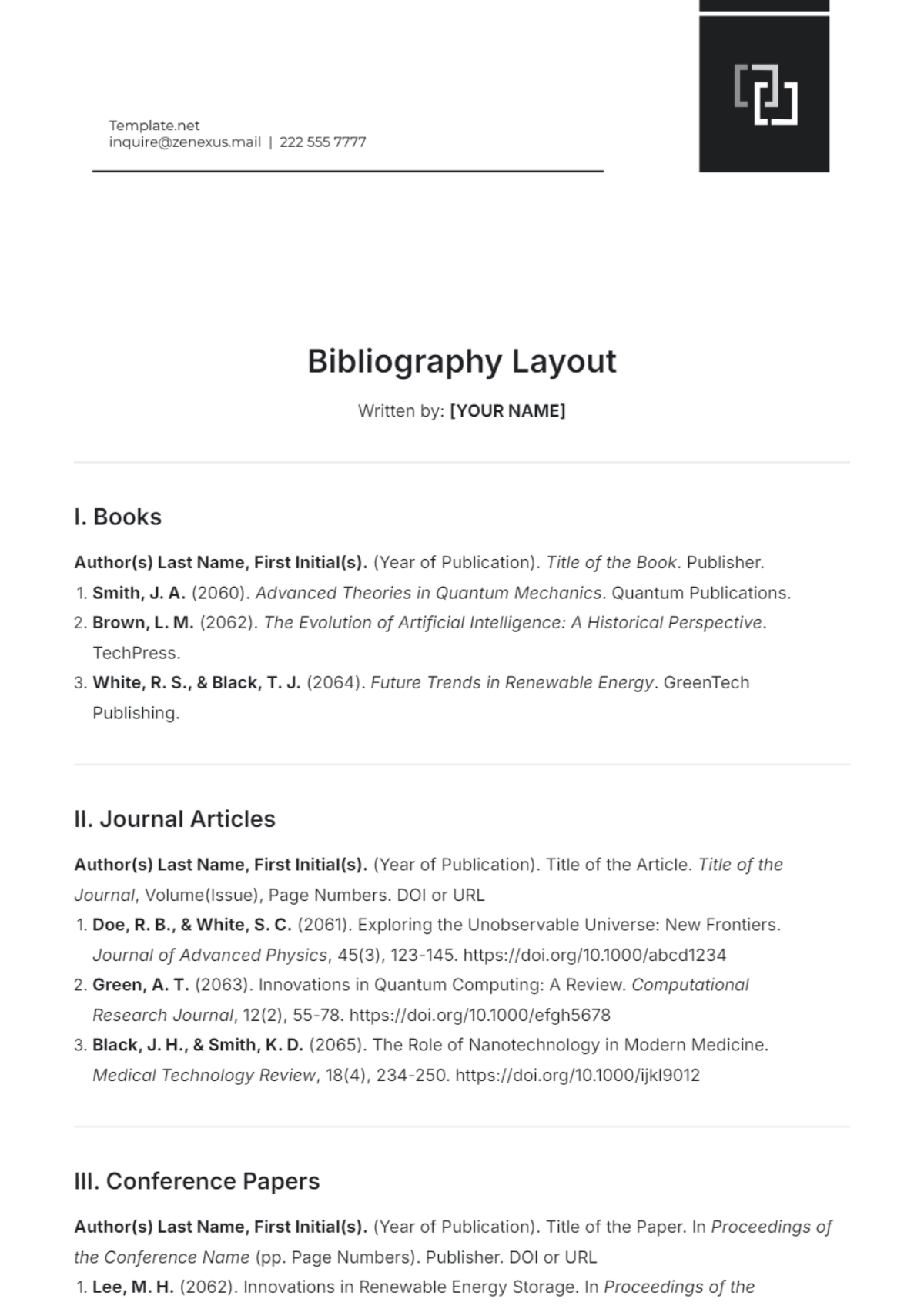Case Study Review Format
I. Introduction
Overview:
This case study focuses on [Your Company Name], a tech startup that developed an innovative app for real-time language translation. The company experienced rapid growth in its initial phase but soon encountered significant challenges in scaling its operations and maintaining product quality.
Objective:
The goal of this review is to analyze the key challenges [Your Company Name] faced while scaling its product and explore strategic alternatives that could have improved outcomes.
II. Case Summary
Background:
Founded in 2045, [Your Company Name] revolutionized the language services industry by introducing an app that provided near-perfect translation across 15 languages. The app attracted both individual users and corporate clients, quickly earning the startup international attention.
Problem Statement:
Despite early success, the company faced operational issues when expanding into additional markets. The app’s accuracy decreased, and customer complaints surged. The problem escalated when the company failed to meet the demands of larger clients.
Key Facts:
Launch Year: 2045
Initial Growth: 500,000 downloads in the first year
Key Issue: Product quality degradation as the user base grew
Customer Complaints: Increased by 70% in Q2 2046
III. Analysis
Evaluation of Issues:
Operational Bottlenecks: The company failed to build the infrastructure needed to handle the increased demand, resulting in server overloads and app glitches.
Market Diversification: In its rush to expand to other languages and markets, the company overlooked cultural and technical localization, which resulted in a lower-quality product for non-core languages.
Customer Support: The rapid scaling didn’t come with an equally robust customer support system, leaving complaints unresolved and further alienating users.
Theories and Models:
Growth Stage Model: According to Greiner’s Growth Model, [Your Company Name] entered a "crisis of control" stage, where the company's leadership struggled to manage operational complexity as it scaled.
Product-Market Fit: The initial product-market fit worked well within the first market (English and Spanish translations), but expanding too fast diluted the quality of its offerings.
Critical Insights:
The company prioritized expansion over maintaining its core service quality.
Lack of infrastructure investment contributed to performance issues.
IV. Solutions/Alternatives
Possible Solutions:
Incremental Expansion: Instead of expanding rapidly, [Your Company Name] could have rolled out new languages and markets incrementally while refining their product.
Strategic Partnerships: Partnering with translation experts or outsourcing infrastructure management could have helped maintain product quality.
Customer Support Expansion: Building a stronger support team earlier could have reduced churn and improved customer satisfaction.
Advantages and Disadvantages:
Incremental Expansion: This approach would have allowed more controlled growth, but may have slowed the company's market penetration.
Strategic Partnerships: Outsourcing expertise would have reduced technical strain but increased operational costs.
Customer Support Expansion: A better support system would have alleviated customer concerns but may not have resolved the core product issues.
V. Conclusion
Key Takeaways:
Rapid scaling without adequate infrastructure can lead to a loss of product quality and customer trust.
Strategic decision-making at the growth stage is crucial to maintain both product quality and operational efficiency.
Recommendations:
Focus on Core Competency: Maintain excellence in the core offering before expanding into new markets.
Gradual Growth: Adopt a phased expansion strategy that ensures infrastructure and customer support keep pace with growth.
Infrastructure Investment: Prioritize scalable infrastructure to support increasing demand.
Impact: This case study demonstrates the importance of balancing growth and operational capacity. Similar startups should avoid the temptation to expand too quickly without ensuring a solid foundation for long-term sustainability.
VI. References
Greiner, L. E. (1972). Evolution and Revolution as Organizations Grow. Harvard Business Review.
Ries, E. (2011). The Lean Startup: How Today’s Entrepreneurs Use Continuous Innovation to Create Radically Successful Businesses.










































